The Massachusetts flag stands as a testament to the state’s rich history, embodying the spirit of its people and the passage of time.
Its design, steeped in symbolism and tradition, has undergone a fascinating evolution reflective of the state’s dynamic narrative.
From its inception to its current form, the flag has served as a visual representation of Massachusetts’ heritage, values, and aspirations.
Tracing back to its origins in the colonial era, the Massachusetts flag bore witness to the birth pangs of a nation, symbolizing the struggles and triumphs of its early settlers.
Over the centuries, it has undergone several iterations, each iteration mirroring the socio-political landscape of its time.
From simple colonial emblems to intricate modern designs, the flag has evolved alongside the state itself, adapting to the changing tides of history. Join us as we unravel the intricate history of the Massachusetts flag.
A Detailed Guide on the History of Massachusetts Flag
The history of the Massachusetts flag is a fascinating tale that mirrors the state’s journey from colonial times to the present day. Let’s embark on a journey through time to explore the evolution, symbolism, and significance of this iconic emblem.
Colonial Roots
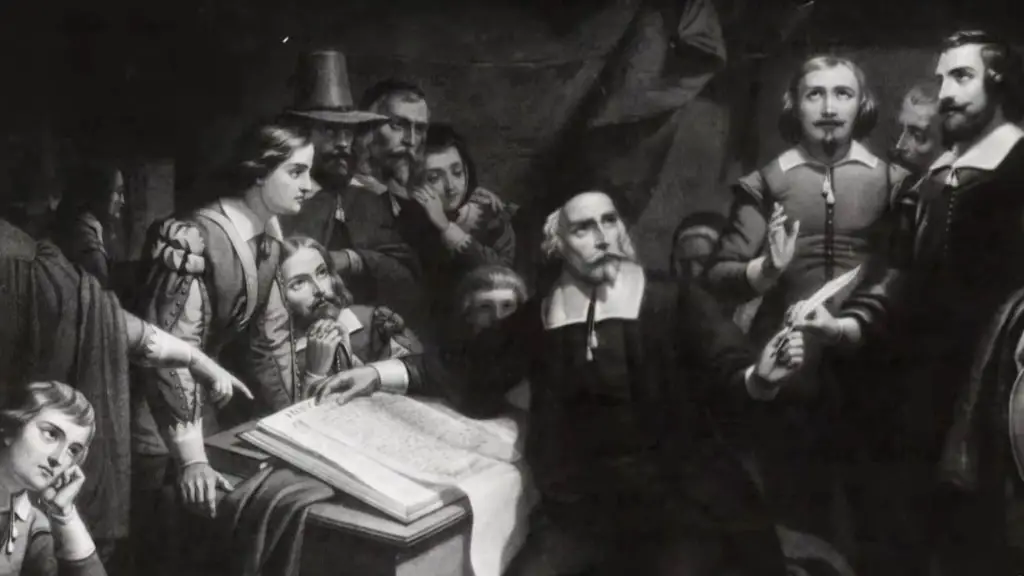
The story of the Massachusetts flag begins in the early colonial era when the region was settled by English Puritans seeking religious freedom.
During this time, flags were primarily used for military purposes rather than as state symbols. The early settlers often flew the English flag, known as the Union Jack, to represent their allegiance to the British crown.
Revolutionary Era
The Revolutionary War marked a pivotal moment in Massachusetts’ history and had a profound impact on the development of its flag.
As tensions between the colonies and the British government escalated, Massachusetts played a central role in the fight for independence. The need for a distinct emblem to rally behind became increasingly apparent.
One of the most iconic symbols of the Revolutionary War era is the “Bunker Hill Flag.” This flag, featuring a pine tree on a white field with the words “An Appeal to Heaven,” became a rallying symbol for the colonial militia.
The pine tree symbolized independence and resilience, while the phrase reflected the colonists’ belief in their righteous cause.
Early Statehood
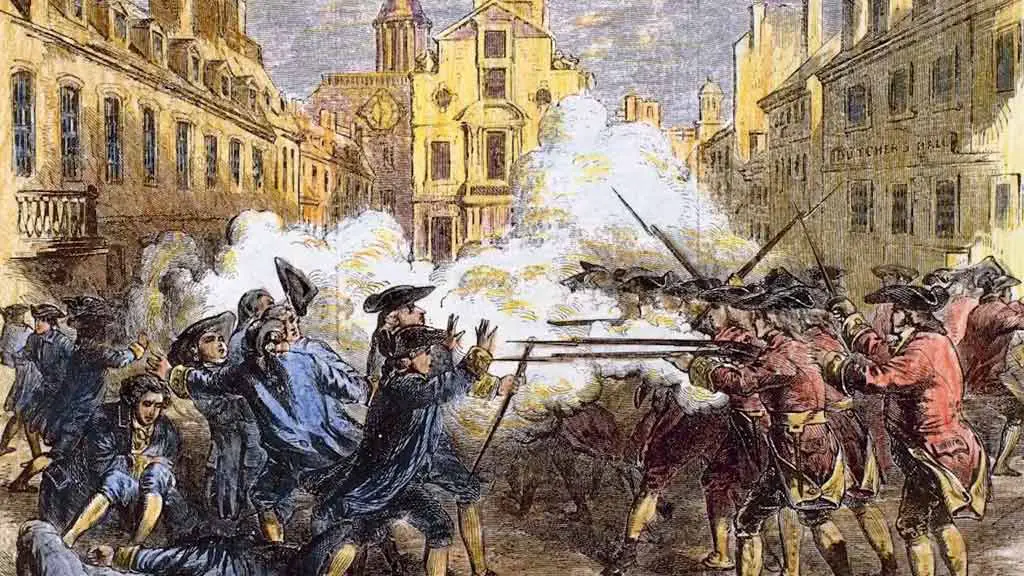
Following the Revolutionary War, Massachusetts officially became a state on February 6, 1788. With statehood came the need for a flag to represent the new Commonwealth.
However, the design of the state flag remained largely undefined during this period, with variations appearing across different military units and government organizations.
First Official Flag
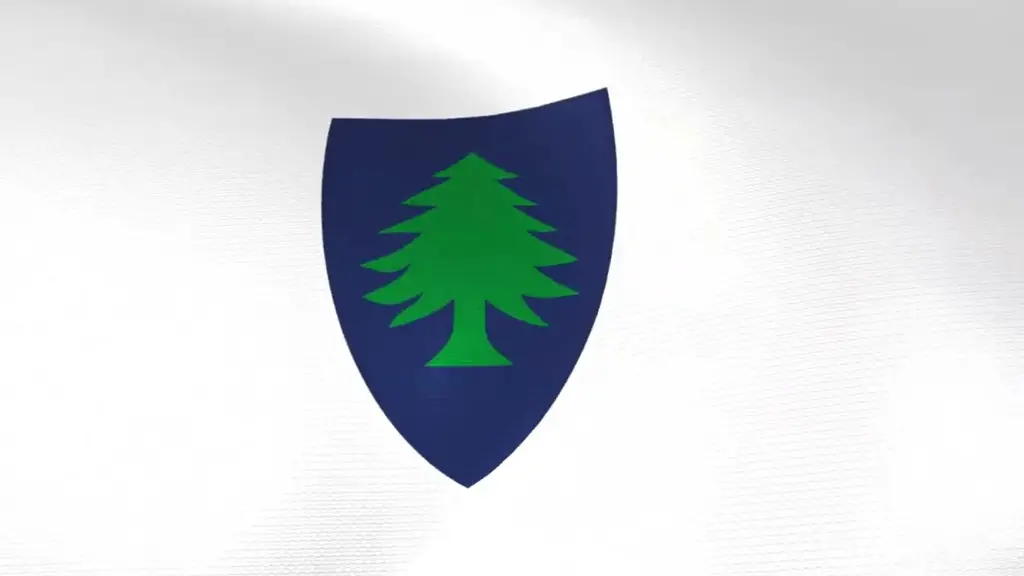
In 1908, Massachusetts adopted its first official state flag. Designed by the Massachusetts Society of the Sons of the American Revolution, the flag featured a green pine tree on a white field.
It was adorned with a blue shield adorned with the state motto, “Ense Petit Placidam, Sub Libertate Quietem” (By the sword we seek peace, but peace only under liberty).
The green pine tree was a nod to the historical significance of the pine tree in Massachusetts, dating back to colonial times when the British government imposed restrictions on the cutting of white pine trees for use as ship masts.
The blue shield symbolized the state’s commitment to defending its liberties and freedoms.
Modern Evolution
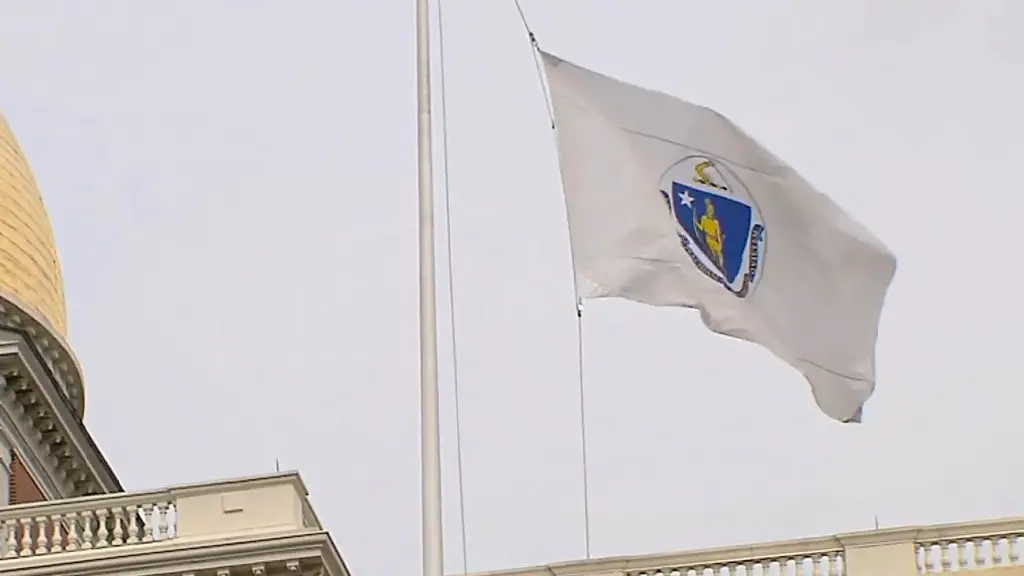
In 1971, the Massachusetts Legislature revised the state flag, adopting the design that is still in use today. The current flag features a blue field with the state coat of arms in the center.
The coat of arms consists of a Native American holding a bow and arrow, representing the indigenous peoples of Massachusetts, and a colonial arm wielding a sword, symbolizing the colonists’ struggle for independence.
Above the shield is a gold star representing Massachusetts’ status as one of the original thirteen colonies. The state motto, “Ense Petit Placidam, Sub Libertate Quietem,” is displayed on a blue ribbon below the shield.
Symbolism
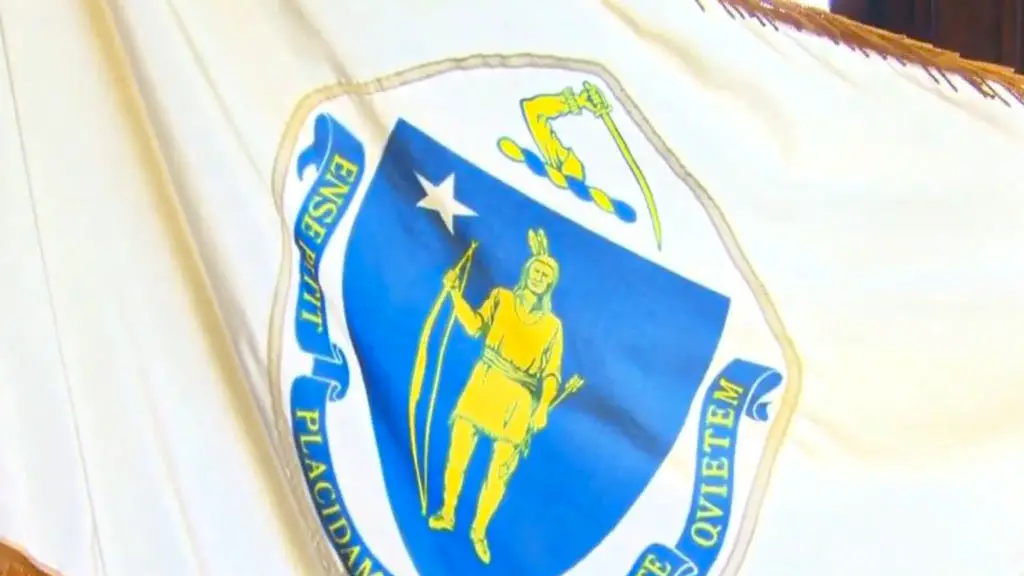
The symbolism of the Massachusetts flag reflects the state’s rich history and diverse heritage. The Native American and colonial figures on the coat of arms represent the dual narratives of indigenous peoples and European settlers who shaped the region’s history.
The sword and shield symbolize the state’s commitment to defending its liberties and freedoms, while the gold star signifies its role as a founding member of the United States.
What Is the Significance of the Massachusetts Flag?
The Massachusetts flag holds a cherished place in the hearts of its residents, serving as a timeless emblem of the state’s history, values, and identity.
Through its representation of state identity, historical legacy, unity, pride, recognition, and inspiration, the flag unites Massachusetts residents and serves as a beacon of hope and aspiration for generations to come.
Representation of State Identity
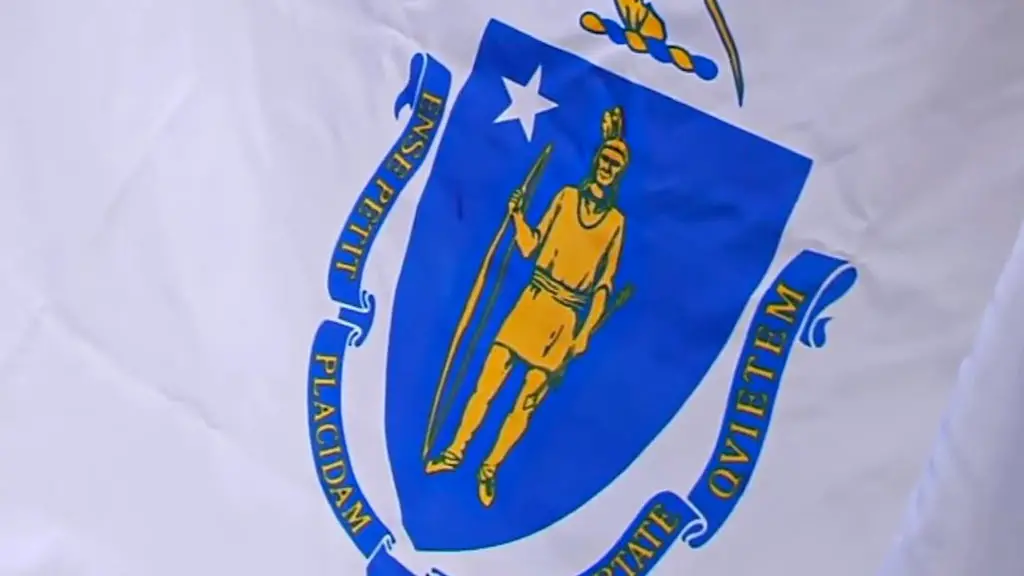
The Massachusetts flag serves as a powerful visual representation of the state’s identity and heritage, encapsulating the essence of what it means to be a resident of the Commonwealth.
Through its design, the flag communicates the unique history, values, and aspirations of Massachusetts, forging a deep connection between its people and their shared cultural heritage.
It serves as a rallying point for residents to unite under a common symbol, fostering a sense of belonging and pride in their state.
Historical Legacy
Embedded within the design of the Massachusetts flag are symbols and elements that pay homage to the state’s rich historical legacy.
From references to the colonial era and the Revolutionary War to nods to Massachusetts’ role as one of the original thirteen colonies, the flag serves as a tangible link to the past.
Each symbol and motif on the flag carries with it centuries of history and tradition, reminding residents of the struggles and triumphs that have shaped the Commonwealth into what it is today.
Unity and Pride
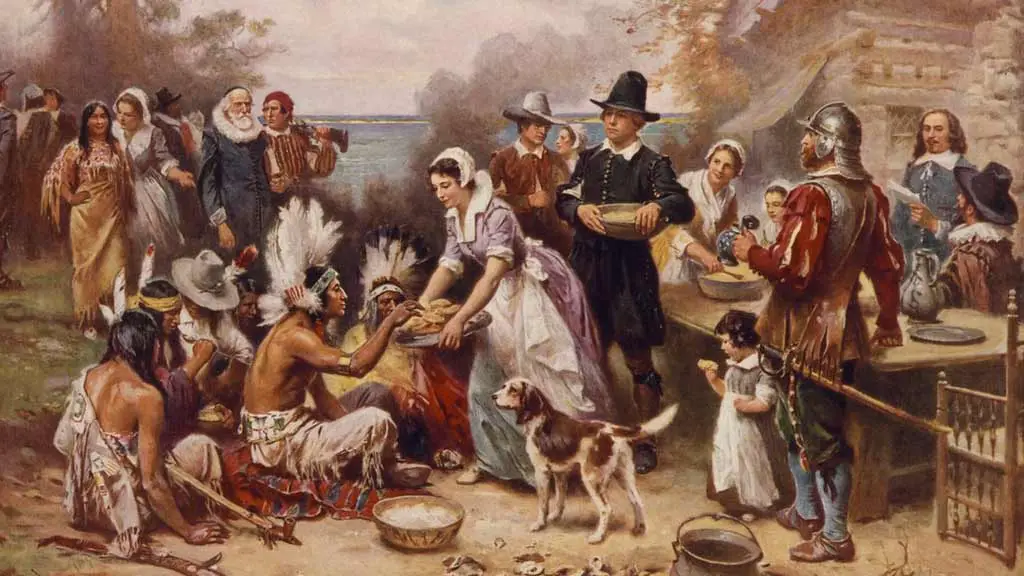
The Massachusetts flag serves as a unifying symbol that transcends geographic, cultural, and political divides within the state.
Regardless of background or ideology, residents can rally around the flag as a shared emblem of their collective identity and pride in their state.
It serves as a reminder of the common bonds that unite Massachusetts residents, fostering a sense of solidarity and community among its diverse population.
Recognition
Beyond the borders of Massachusetts, the state flag serves as a recognizable symbol that represents the Commonwealth on the national and international stage.
Whether displayed at government institutions, sporting events, or diplomatic functions, the flag instantly communicates the identity and presence of Massachusetts to audiences around the world.
Its distinctive design and historical significance ensure that it stands out among the myriad of flags flown across the globe.
Inspiration
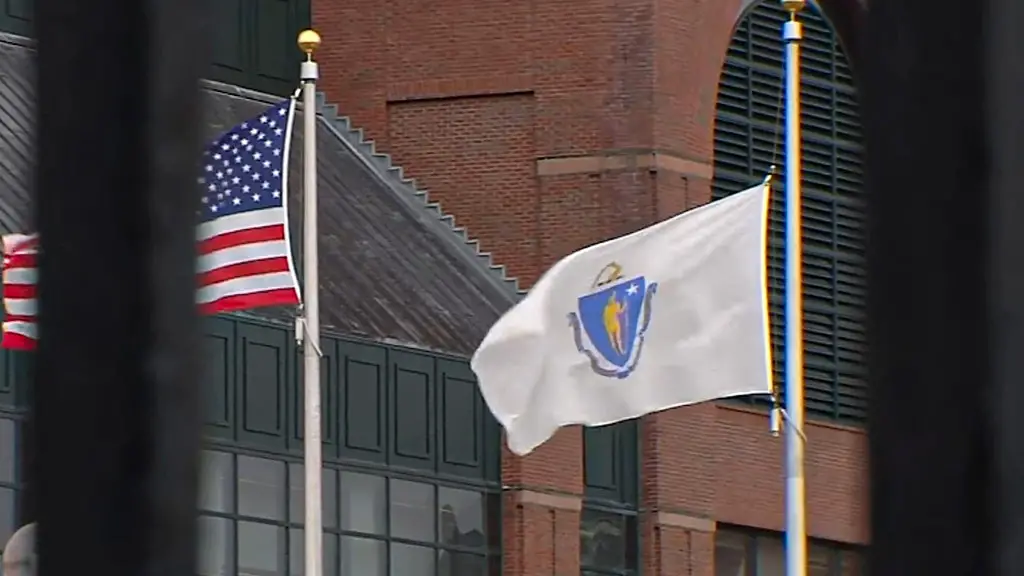
The symbols and motto featured on the Massachusetts flag serve as sources of inspiration for residents, encouraging them to uphold the principles of liberty, freedom, and independence.
The Native American and colonial figures, the sword and shield, and the state motto all convey powerful messages of resilience, courage, and determination.
As residents gaze upon the flag, they are reminded of the values that have guided Massachusetts throughout its history and inspired its people to strive for a better future.
Cultural Heritage Preservation
The Massachusetts flag plays a crucial role in preserving the state’s cultural heritage by encapsulating its diverse history and traditions.
Through its design and symbolism, the flag honors the contributions of various cultural groups, including Native American tribes, European settlers, and immigrants from around the world, who have shaped the Commonwealth’s identity.
Educational Tool
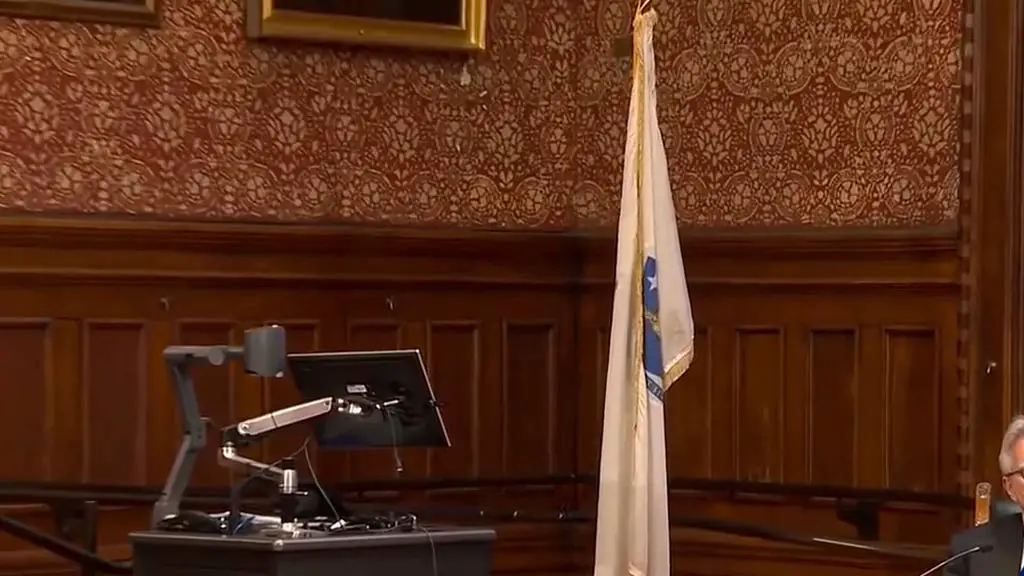
As a visual representation of Massachusetts’ history and values, the flag serves as an educational tool for residents and visitors alike.
It provides a tangible connection to the past, allowing individuals to learn about key historical events and figures associated with the state’s development.
Civic Engagement
The flag promotes civic engagement and pride by fostering a sense of belonging and community among Massachusetts residents.
Whether displayed at government buildings, schools, or community events, the flag serves as a reminder of the shared bonds that unite individuals across the Commonwealth.
Symbol of Resilience
Throughout its history, Massachusetts has faced numerous challenges, including economic downturns, natural disasters, and social upheavals.
The flag serves as a symbol of resilience, reminding residents of their ability to overcome adversity and persevere in the face of hardship.
Cultural Expression
The Massachusetts flag provides a platform for cultural expression and creativity, allowing artists and designers to interpret its symbols and motifs in new and innovative ways.
Whether through paintings, sculptures, or other forms of artistic expression, the flag inspires individuals to explore and celebrate the state’s cultural heritage.
Legacy for Future Generations
As a tangible symbol of Massachusetts’ past, present, and future, the flag serves as a legacy for future generations.
By preserving and honoring the traditions and values embodied in the flag, residents ensure that the Commonwealth’s heritage will continue to inspire and guide future generations of Massachusetts citizens.
FAQs
What do the symbols on the Massachusetts flag represent?
The Native American and colonial figures symbolize the dual narrative of indigenous peoples and European settlers.
The sword and shield represent the state’s commitment to defending its liberties, while the gold star signifies its status as one of the original thirteen colonies.
When was the current design of the Massachusetts flag adopted?
The current design of the Massachusetts flag was adopted in 1971. It features a blue field with the state coat of arms in the center, which includes symbols such as a Native American holding a bow and arrow, a colonial arm wielding a sword, and a gold star.
Has the Massachusetts flag always looked the same?
No, the design of the Massachusetts flag has evolved. The earliest official flag was adopted in 1908, featuring a green pine tree on a white field with a blue shield bearing the state motto.
In 1971, the design was revised to the current version, incorporating the state coat of arms.
What is the significance of the pine tree on the Massachusetts flag?
The pine tree on the Massachusetts flag has historical significance dating back to colonial times.
It symbolizes independence and resilience, particularly during the Revolutionary War era when the “Bunker Hill Flag” featuring a pine tree became a rallying symbol for the colonial militia.
Can I fly the Massachusetts flag at my home?
Yes, residents of Massachusetts are encouraged to fly the state flag at their homes as a symbol of state pride and identity.
However, it’s important to follow proper flag etiquette, such as ensuring the flag is in good condition, properly displayed, and illuminated if flown at night.
Conclusion
The history of the Massachusetts flag is a captivating narrative that intertwines with the broader tapestry of American history.
From its humble colonial beginnings to its current emblematic representation, the flag has served as a powerful symbol of identity, pride, and unity for the people of Massachusetts.
Each iteration of the flag reflects the evolving values, struggles, and triumphs of the state and its inhabitants.
As we reflect on the journey of the Massachusetts flag, we are reminded of the enduring legacy of those who came before us and the continuous pursuit of progress and prosperity.
Through its symbolism and design, the flag encapsulates the spirit of resilience, diversity, and innovation that defines Massachusetts.
As we raise the flag high, we honor the past, celebrate the present, and inspire future generations to carry forward the legacy of this iconic emblem with pride and reverence.
Jaclyn Lowe